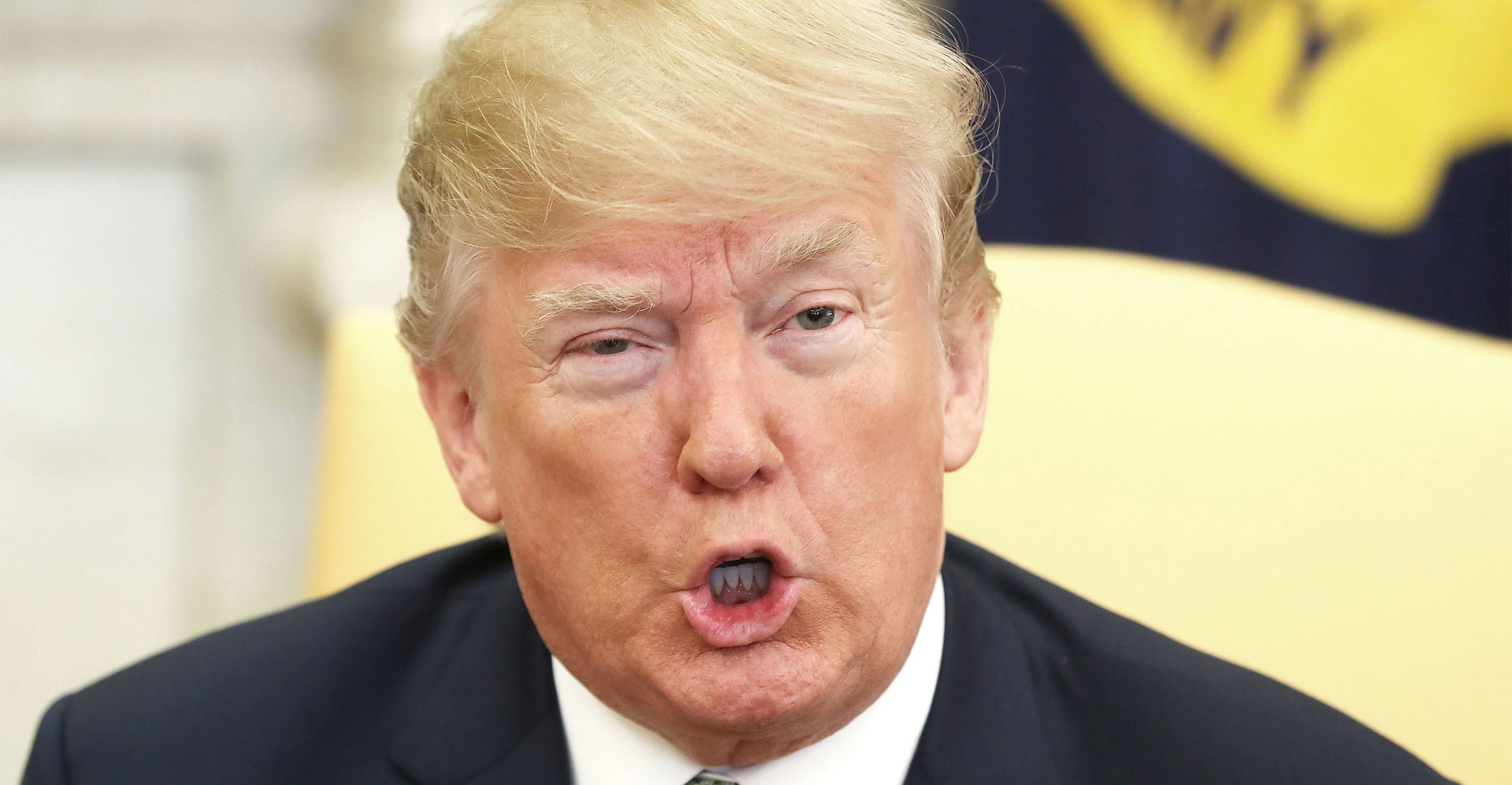
The US is blacklisting five Chinese organisations involved in supercomputing, calling them national security threats and cutting them off from critical US technology.
The move by the commerce department could complicate talks next week between US President Donald Trump and his Chinese counterpart, Xi Jinping, aimed at de-escalating a trade dispute between the world’s two biggest economies.
Commerce is putting five Chinese organisations, including supercomputer maker Sugon, on its so-called Entity List, saying their activities are “contrary to the national security and foreign policy interests of the United States”. The other four are the Wuxi Jiangnan Institute of Computing Technology and three Sugon affiliates.
Sugon and the Wuxi Jiangnan Institute are involved in China’s push to develop high-performance computing that can assist China’s military modernisation.
The blacklist effectively bars US firms from selling technology to the Chinese organisations without government approval.
Commerce last month blacklisted telecommunications giant Huawei, heightening tensions with Beijing.
The US and China are locked in trade combat over Beijing’s aggressive drive to challenge American technological dominance. Trump has imposed 25% tariffs on US$250-billion in Chinese imports and is preparing to target another $300-billion, extending the import taxes to virtually everything China ships to the US. China has retaliated with tariffs on US products.
G20 meeting
Talks to resolve the dispute broke off last month. But Trump and Xi are scheduled to meet next week at the Group of 20 summit in Osaka, Japan, to get the negotiations back on track.
“Adding more Chinese companies to the US bad guys list may be seen as a way to ramp up the pressure on China,” said Amanda DeBusk, a partner at Dechert and the former commerce department assistant secretary for export enforcement.
“However, the Chinese may see this as ill-timed bullying. They cannot be seen as making concessions to the United States, so this may have the effect of hurting any chances for trade agreement.”




